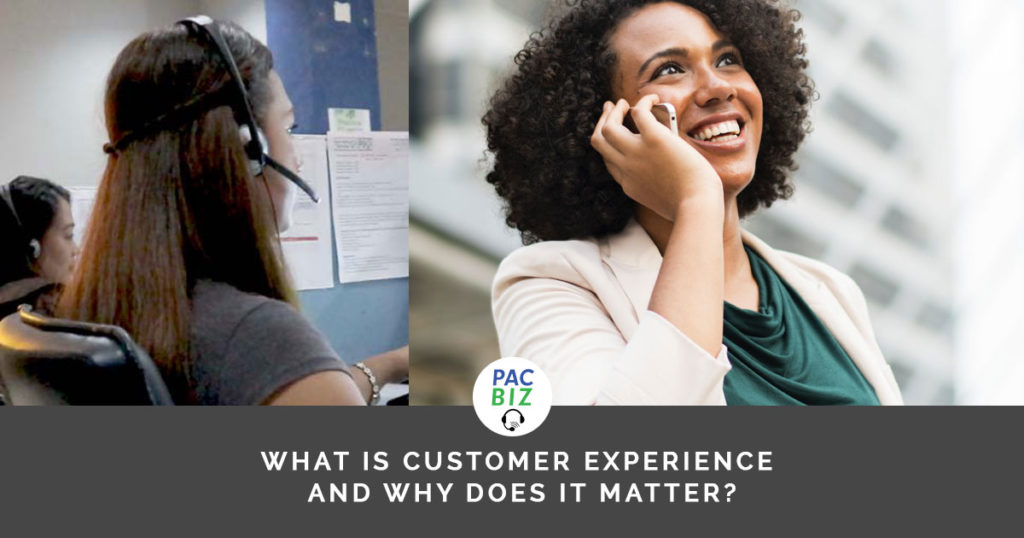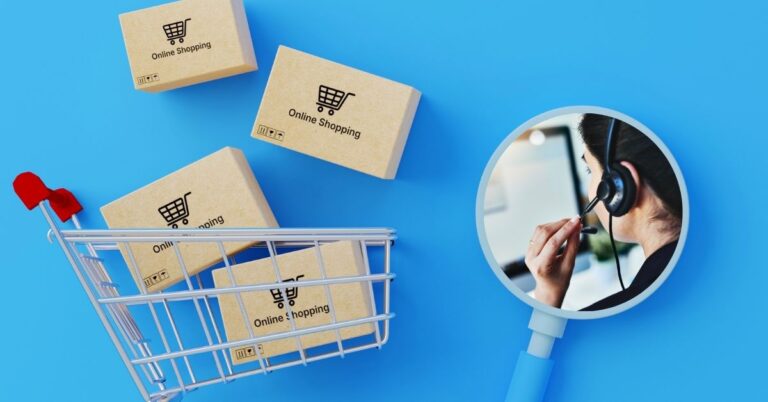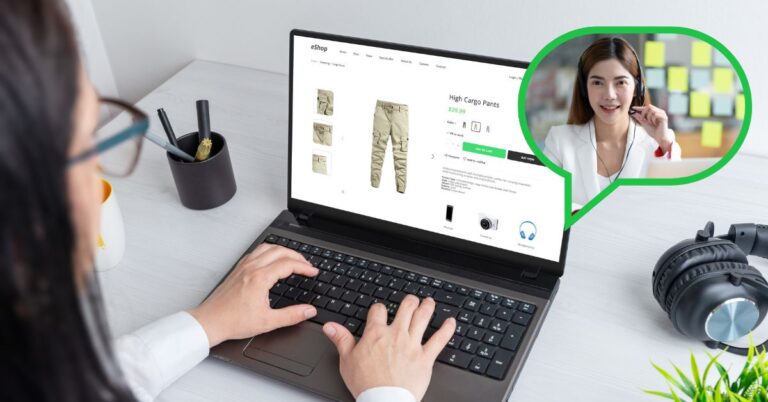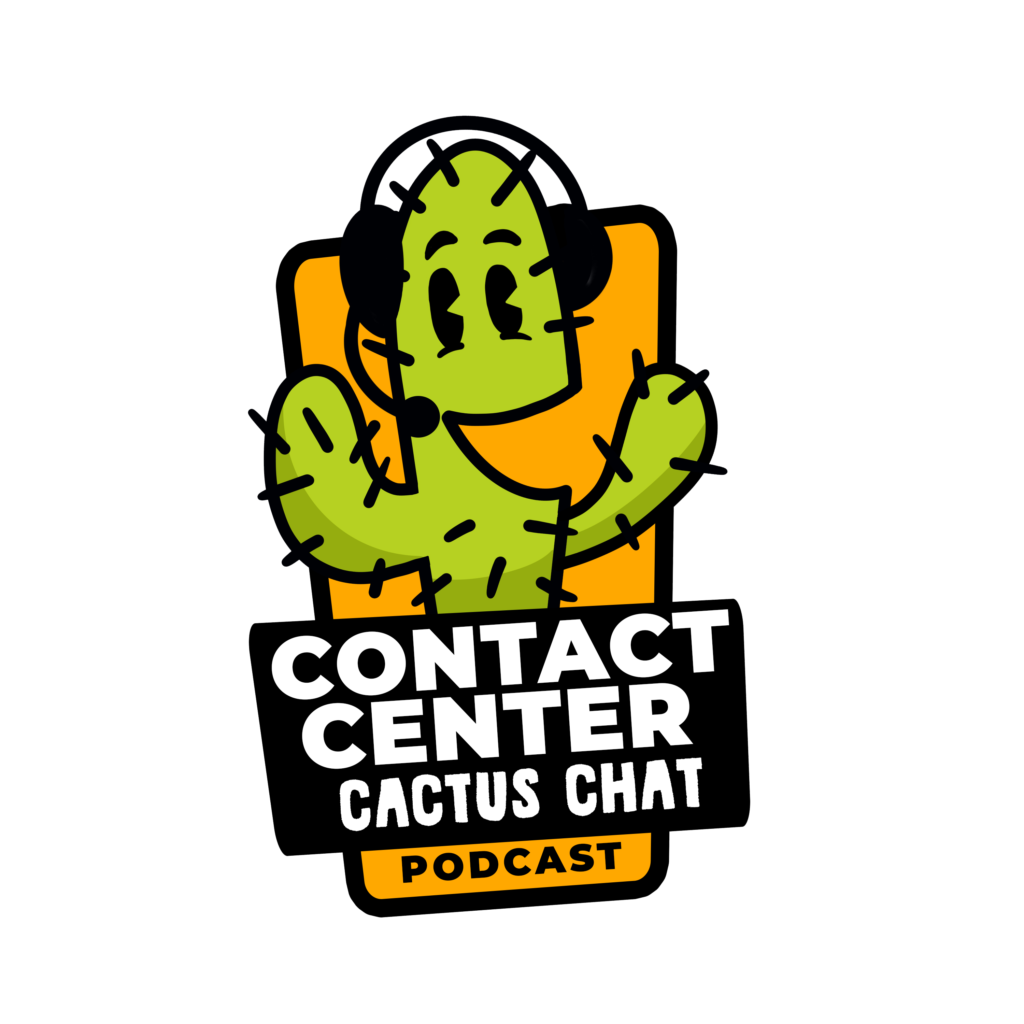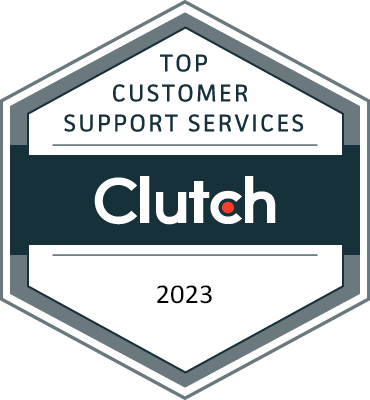The Pressure That Comes With Pleasing Your Customers
It’s 11:30 pm, you are just settling down to sleep after a long day of running your business. You take one last look at your phone to make sure nothing is on fire and you can sleep peacefully. That is when you see it, the email alert ‘New Review on Yelp’ or ‘Michael left a review for My Company on Google My Business’ and the thoughts start creeping through your mind and keep you up for another hour.Chances are if you are a business owner, you don’t have to imagine, you have experienced this first hand. First of all, turn off those notifications, they are not healthy and not doing you any good! 2nd, after you have your cup of coffee in the morning, read the review and see if there isn’t something actually broken at your business.If there was a failure at your business that let the customer down, more than likely, it was a breakdown in their customer experience. Customer experience is the process your customer follows from the time they first try to interact with that business to the time they complete their purchase or transaction. A call center agent or customer experience agent can play either a large role or the entire role for your company.Customer experience is one of those industry buzzwords that gets thrown around often, but rarely does it get the attention it deserves, especially in well established businesses.Mapping the Customer Journey
You can find a big whiteboard, or a large sheet of paper. But write out all the different ways, from beginning to end the customer interacts with your business.The Beginning
How do customers find you and find out how to spend money with you? Do they look up your hours on Google Maps? Do they get directions though Yelp? Do they visit your website, create an account and order a product? Do they call in to schedule an appointment? Do they chat with someone at the website? Sign up for an email at an event? Message you on Facebook? All of these are different ways customers might interact with your business the first time. That is step one of mapping the customer journey.The Next Step
Once you identified all the ways a customer can start interacting with you, follow their journey and see what they see. Realize there might be multiple journeys and you might need more paper. If they ordered something online on their first visit, what emails do they get, how do they get notified of when their service starts, or when they should expect to receive their item. Is there an on boarding call with an account manager? Do they get notified of what to expect?Maybe you ordered a cab and the next step is the cab ride that needs to be mapped out. Don’t forget about all the details to document, every action a customer has to take to work with your business needs to be included.This may be tedious, but all of these steps are areas of your company you can change, improve, speed up, eliminate, simplify, add technology where needed, or even add additional human support.A good example, Uber is infamously known for providing very little support for their customers, you can email for help but there isn’t a live person to talk to, but after years of bad PR and horror stories from customers in bad situations, they now offer a live person 24/7, but only in the UK, but they saw an opportunity to add people where technology takes away from the customer experience, not enhance it.
UBER MISTAKES

